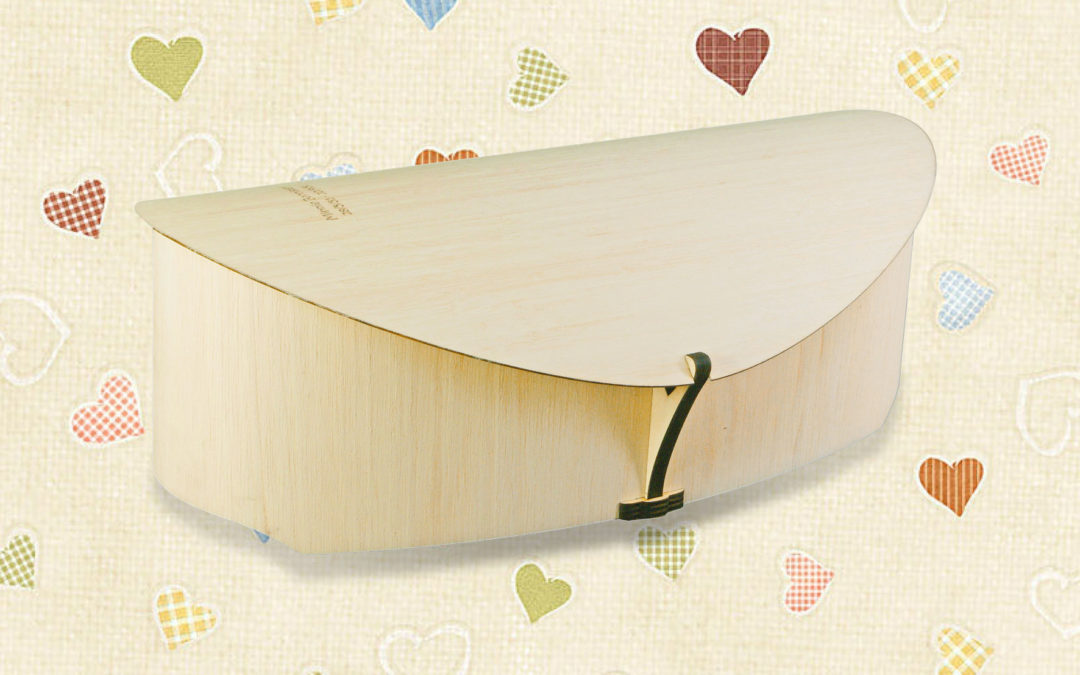
4 workplace flexibility strategies that foster staff loyalty
As a small business, the idea of special programs to support employee flexibility in the workplace may seem undesirable. However, flexible workplace strategies can reduce absenteeism and promote loyalty.
Here are some ways flexibility can benefit your business and some strategies to employ to make a flexible workplace a reality.
What is a flexible workplace?
The idea behind increased flexibility on a workplace level is to create a work-life balance that works in favour of your business and your employees. It usually means tailoring work hours and the approach to day-to-day work to suit the people involved.
Practically, flexibility might mean allowing employees to work from home, where possible, or offering parent-friendly hours. It may also include such things as reduced contact hours, job-sharing, time-in-lieu etc.
Offering flexible options maximises productivity through reducing the tension between work day requirements and employees’ lives outside of work. It creates a focus on quality work by giving people the opportunity to perform with less distractions and/or reduced pressure from conflicting responsibilities.
Why choose a flexible approach to work?
A study by the Diversity Council of Australia found flexibility is a key driver of employee satisfaction. It found that 1 in 5 employees had considered leaving their current employer due to a lack of flexibility.
Researchers at the Judith Lumley Centre found 1 in 3 parents are experiencing significant conflict between their working lives and parenting duties, which reduces focus and creates stress.
The Victorian government’s Better Work and Family Balance Grants Program was designed to help small businesses to address these issues. The side effects were a greater ability to retain staff, increase morale while strengthening team building and attracting a higher quality of new employees.
Head of Research at Beyond Blue, Nick Arvanitis, believes in the power of good strategies for stress reduction. “Many of the strategies that promote wellness also prevent stress. Increasing an employee’s control is one key example,” he explained.
“This can be achieved by giving employees a say in how they do their work or manage their time, and providing greater flexibility through start and finish times and when people take breaks.”
What strategies can you employ to offer flexibility?
From sole operators through to small business, anyone can make flexibility a part of a successful business strategy.
Ideas that make a significant impact include:
- Rethink office space
Consider reducing rent and other overheads by encouraging remote workers, introducing work-from-home days and hot desking at co-working centres in lieu of having a physical office space.
- Timetable to suit lifestyle
Investigate part-time, time-in-lieu and job share arrangements to encourage quality over quantity during work hours. By working with your staff to help them timetable work and life together, you can help keep them focused on work better by reducing the impact of conflicting priorities.
- Support new ways of working
Use technology as an ally to flexibility. There is an array of technology solutions that allow you to immediately identify workers and rostering needs plus they can easily allow remote workers to check in for time tracking purposes. Use online project management tools, virtual conferencing and Skype/Facetime etc to stay connected no matter where your team may be.
- Offer choice to your employees
Another vital component is designing workplace flexibility to suit those it impacts the most.
“People want choice, and they’re happy to ask for it,” shared Catherine Heilemann, a former human resources manager turned self-employed business coach.
“They will choose one small business employer over another and design their own self-employment journey around flexibility because it matters that much. The best way to find out what your employees want is to ask them. By using something like a survey, you can quickly find out what your people need.”
By working together to provide the right tools, carefully considering your options and allowing your employees to have a hand in designing the strategies you’ll use, you can take your small business to the next level with flexibility.
Related article: 5 ways to avoid team burnout
Article source: insightsresources.seek.com.au







